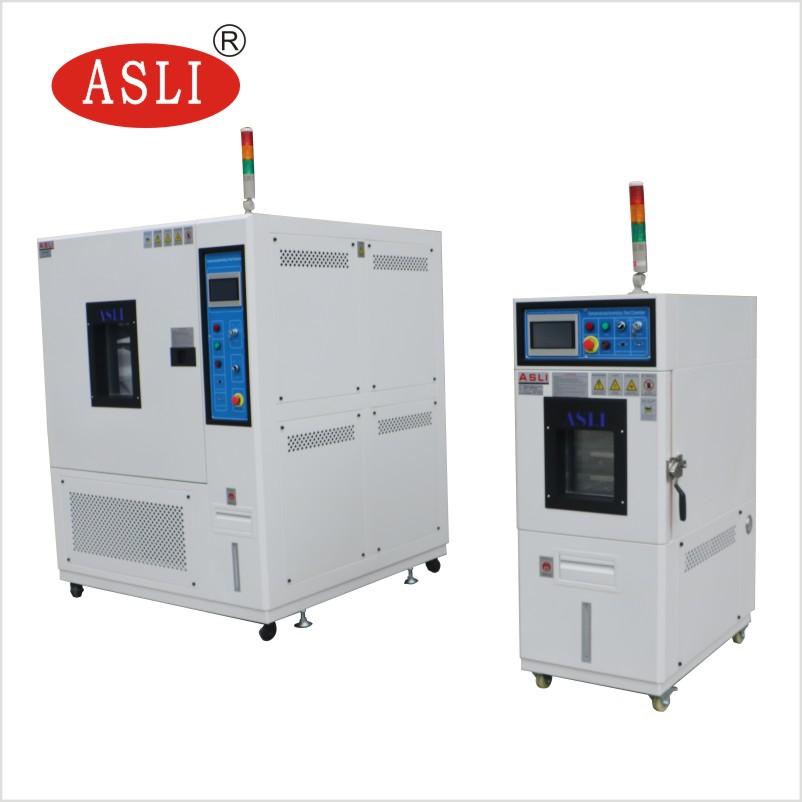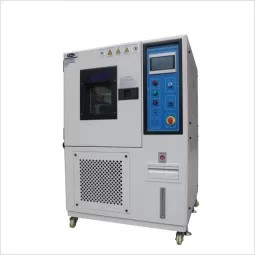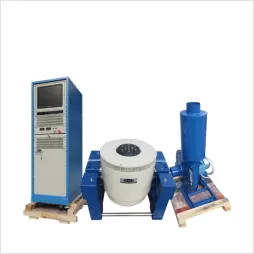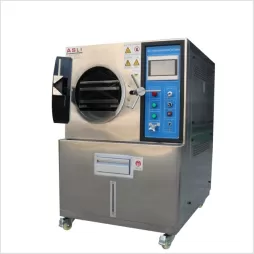The Difference Between Pharmaceutical Stability Testing Chambers and Comprehensive Stability Testing Chambers
When it comes to stability testing in the pharmaceutical industry, there are various types of chambers designed to meet specific testing requirements. Two of the most commonly used are the Pharmaceutical Stability Testing Chamber and the Comprehensive Stability Testing Chamber. While both are essential for assessing the stability of pharmaceutical products, they have distinct features and capabilities. This article will explore the differences between these two types of chambers.
1. Purpose and Application
Pharmaceutical Stability Testing Chamber:
This chamber is designed following the guidelines of the GB10586-2006 standard for damp-heat test chambers. It is primarily used for conducting stability tests on pharmaceutical products, including accelerated tests, long-term stability tests, and high and low-temperature humidity tests. It also caters to specific requirements, such as low-humidity tests for large-volume parenterals.
Comprehensive Stability Testing Chamber:
While also adhering to the GB10586-2006 standard, the Comprehensive Stability Testing Chamber combines temperature, humidity, and light exposure capabilities into a single unit. This chamber is particularly suited for a broader range of tests, including strong light exposure tests, making it ideal for thorough stability assessments that involve photostability testing, as specified by ICH guidelines.
2. Structural Differences
The Pharmaceutical Stability Testing Chamber typically features a single-chamber design, focusing on temperature and humidity control. In contrast, the Comprehensive Stability Testing Chamber can be customized with multiple chambers to accommodate various testing requirements. These can include single, double, or multi-chamber configurations, depending on the specific needs of the testing protocols.
3. Key Technical Specifications
Both types of chambers feature advanced control systems with high-resolution touchscreens and programmable multi-step settings. However, the Comprehensive Stability Testing Chamber offers additional features such as:
Light Exposure: Adjustable light intensity with real-time monitoring, ensuring precise control over photostability tests.
Multi-Chamber Design: Each chamber is independently controlled, allowing for simultaneous testing under different conditions.
Data Management: Enhanced data logging and export capabilities, with long-term storage and traceability features.
4. Functional Capabilities
Pharmaceutical Stability Testing Chamber:
This chamber is specifically designed for creating stable environments with controlled temperature and humidity for extended periods, ideal for long-term and accelerated testing.
Comprehensive Stability Testing Chamber:
In addition to temperature and humidity control, this chamber includes light and UV radiation features. It is designed to meet the stringent requirements for photostability testing, making it a versatile tool for comprehensive pharmaceutical stability studies.
5. Conclusion
In summary, while both chambers play crucial roles in the stability testing of pharmaceuticals, the Comprehensive Stability Testing Chamber offers a more versatile solution. It is particularly valuable for tests that require light exposure in addition to the standard temperature and humidity controls. The choice between the two depends on the specific requirements of the stability testing process and the complexity of the tests involved.
AI SI LI(CHINA)TEST EQUIPMENT CO., LTD













